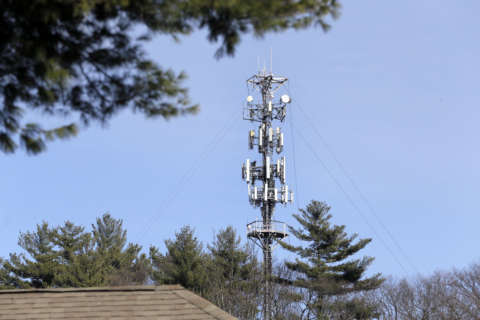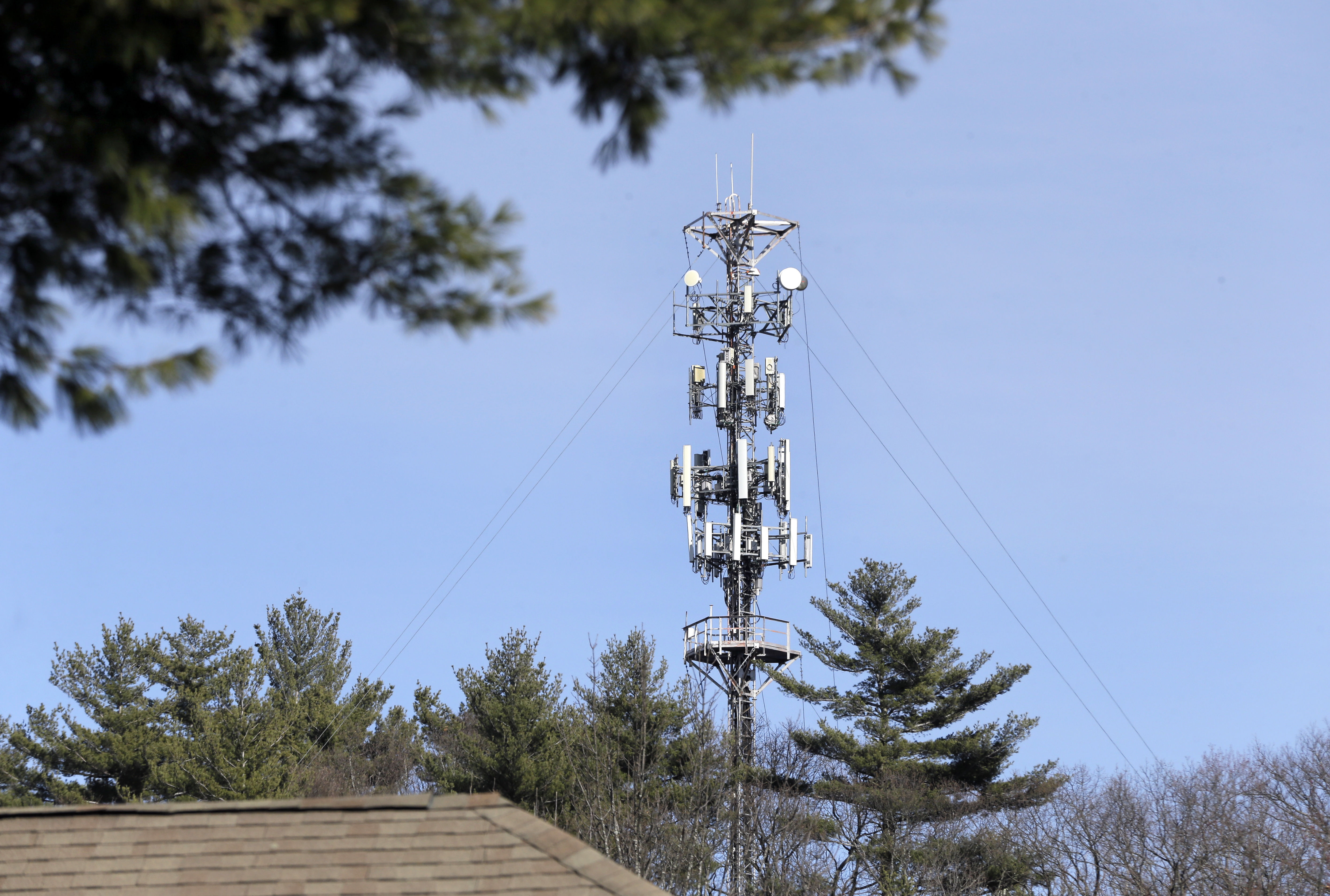
ROCKVILLE, Md. — The Montgomery County Council voted 9-0 to adopt a zoning text amendment that sets standards for cell towers in mixed-use commercial and industrial zones.
The amendment allows new cell antennae to be attached to existing utility poles in those zones. It also reduces the “setback” — the distance the small towers must be from buildings — required for installation.
Other requirements call for masking of the antennae to minimize the aesthetic impact on the surrounding neighborhood.
During earlier hearings on the zoning text amendment, some residents voiced concern about possible impacts to health and safety.
County officials said federal law bars them from acting based on those concerns.
During Tuesday’s legislative session, councilmember Nancy Floreen, sought to make a point of how ubiquitous cellphone use is and called out to the audience in the hearing room.
“Everybody who’s not looking at their cellphone right now, raise their hand!”
Six people raised their hands.
Recognizing several of them as members of a civic group from the county’s agricultural reserve, she joked, “Well, you don’t have service anyway out there!”
“This is our world,” she added in a more serious note. “We have to adjust and our residents expect us to.”
Councilmember Marc Elrich said he has concerns about the fact that application fees paid by telecommunications firms haven’t increased since 2003.
“We should not be subsidizing the telecom industry for the work that we have to do,” Elrich said, referring to processing applications from telecommunications firms.
After the vote was taken, he asked that the county work to address that along with other compliance issues.
Resident Sue Present, who has objected to the zoning changes, said she will focus on working to push the county to increase those application fees paid by the telecommunications industry, as well as getting companies to comply with regulations surrounding maintenance and adaptations to utility poles.
Representatives of the telecommunications industry said increasing the number of small cell towers in the county will be critical to increasing coverage of the 5G Wi-Fi network — the next generation of Wi-Fi technology.









